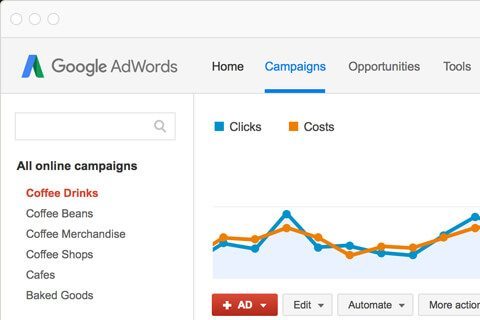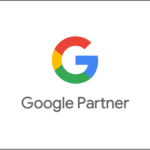As announced at Google’s recent Performance Summit the search engine giant is redefining their flagship product generating tens of billions of dollars – Google AdWords. The goal is to make the tools to make and manage campaigns easier, while also making the ads more relevant to end users. The more relevant the ads, the less of an ad they feel like, and the more likely everyone wins. Let’s break down the top 4 changes.
1. 47% More Text in Ads
Writing a Google ad has been an art for years. The little tricks that marketers have used have made crafting the perfect ad an art, and the ampersand alone owes it’s comeback to the character restrictions. Now, there’s something to be said about forcing marketers to describe their product and features in 95 characters. But finally, Google realized that to help with relevance, more space is needed.
With Google’s “mobile-first” approach, this is not a surprise that they want to feed end users more information before clicking on ads. This should help qualify and dis-qualify an ad to the users search before the click. Google is replacing the single 25-character headline with two 30-character headlines, as well as replacing the two 35-character description lines with a single 80-character description, over all it increases the characters from 95 to 140. This change is known as Expanded Text Ads, or ETAs. For more detailed breakdown see – Understanding the New Google Adwords Expanded Text Ads
Why is this so awesome!?
More real estate = better click-through rates. This should also help increase the quality of clicks, as we’ll be able to leverage the descriptions to better position the ads and pre-qualify the clicker. Providing more information into your ads helps give users a sneak peek of what to expect. Once optimized, adding site links and extensions will also increase overall real estate that your ad takes up on a mobile device, giving a larger potential for a meaningful impression.
2. Updated Local Search Ads on Google Maps
Google is going to start displaying ads to users in two places: within the search results list beneath the search box, and on the map. These ads will have an expand function that will reveal the details about the business and call to actions. These features could be an offer, click to call, or directions. The ads will be differentiated with a purple marker, and will encourage businesses to upload their logo, and other business information that is used in Google listings/places.
Why is this important?
For a local business, this is HUGE. This allows business owners to now compete and buy their way to the top of map results. In addition, it will allow more local businesses to attract local customers. While I’m not sold on the innovation aspect of this change. I do think the separation and ability to promote your brand with some enhanced features here is good. Keep in mind Google has had ads on maps for a while, and this is an update designed to promote local businesses and overcome the main complaint of the previous functionality.
3. Responsive Display Ad Formats
These new ad units being rolled out across Adwords are responsive ads automatically adjust their size, appearance, and format to fit just about any available ad space. This responsive nature helps increase the number of impressions for a given campaign, as it’s no longer limited to the available ad sizes. In addition, given the vast number of screen sizes out there, is the evolution of ad design.
Why is this note worthy?
Google is leveraging existing technology to make better ads, and optimized for mobile. Meaning more available impressions, and no coding required. Google will also be in control of optimizing which ads to show, given their historical performance. While I hate giving Google bidding control of some campaigns, optimizing display ads has been an area they excel at. This is a quick and easy feature that was a long time overdue, and marketers are grateful.
4. Improved Bidding For Desktop, Mobile & Tablet
Google is finally bringing back control over device bidding within the Google AdWords platform. Advertisers and marketers will now be able to target and adjust their campaign bidding for desktop and tablet devices on their own, rather than the large bucket of “mobile”. This is another example of how Google’s approach to a mobile-first world will continually impact their product and how marketers reach our target audience.
Why is this worth mentioning?
This give you greater control over your bids on different devices. This also gives you control over optimizing conversions based on devices. Some conversions are better on desktop vs mobile, and vice versa. Tracking users conversions to specific devices, allows a smarter approach to optimization overall. The tool upgrade also allows for better bid adjustments by more than 100%.





